Hello you! This weekend I’d like to invite you to celebrate the Summer Solstice. This Saturday is the longest day of the year and the perfect time to get outside and enjoy nature in all its summery, green, floral abundance.
Lots of dedicated people will be flocking to Stonehenge this evening to stay up all night and watch the sun align with the stones, but I’ll be celebrating by going for a walk, writing/drawing something in my nature journal, pottering about in the garden and then sitting in a South London beer garden. Marking the solstices and equinoxes has really helped me deepen my connection with nature in recent years and I encourage all of you to find a way to celebrate that feels right for you. In 2023, I shared a post filled with ideas for other other ways to celebrate, so take a peek at that if you need some inspiration.
Midsummer refers to the days surrounding the Summer Solstice, a time associated with mysticism and magic. Midsummer is celebrated in a variety of ways across northern Europe, particularly on Midsummer’s Day (usually 23rd or 24th June).
As we’re planning a Midsummer Nature Festival at Wild South London, we’ve been collecting Midsummer facts and folklore, some of which I thought was too good not to share with you here too…
In England, if a rose was picked on Midsummer’s Day and placed under a pillow, the person who slept on it was said to dream of their future partner.
Healing herbs were believed to be at their most powerful and potent around Midsummer, when it was thought evil spirits would appear. To ward them off, people would wear protective garlands of herbs and flowers. One of the most powerful was called ‘chase devil’ - now known as St. John’s Wort (Hypericum perforatum) because of its association with the feast day of Saint John the Baptist, which is also celebrated on 24th June.
Lady’s Bedstraw (Galium verum) is one of the many plants thought to be at its best around Summer Solstice. In medieval times, its flowers were used to stuff mattresses, something said not only to ward off insects, but also keep pregnant women healthy - talk about killing two birds with one stone! According to folklore, the flowers of lady’s bedstraw transform into fairies during the night of the Summer Solstice!
On the Summer Solstice, people would mix lavender with mugwort, chamomile and rose to attract elves and fairies. The longest lavender stems were used to form wands and the remaining stems would be dried in bundles.
A traditional pagan activity is lighting a bonfire and dancing all night on Midsummer’s Eve. Bonfire-jumping was a traditional Midsummer custom (and remains a Midsummer tradition for some). The highest jump over the fire is believed to predict the height of the year’s crop.
In many regions of ancient and medieval Europe, communities celebrated the Summer Solstice by making a fire wheel. A cartwheel was covered in straw, taken to the top of a hill, then set alight before being rolled down the slope. If the blazing wheel stayed lit the whole way down, still blazing at the bottom of the hill, this was a sign that the harvest season would be successful.
It is thought that the fairy world is close by at Midsummer (as in Shakespeare’s A Midsummer Night’s Dream), bringing mischief and chaos to us mortals.
The Celtic word for oak, ‘duir’ or ‘daur’, means doorway, and oak, as the ‘King of the Forest’, is thought to be a doorway to the otherworlds and the darker season that is about to begin.
The beech tree is known as the ‘Queen of the Forest’ and consort to the oak king. To the druids, this tree bore the sacred wood of the Summer Solstice and it is believed that if you write a wish on a beech twig before burying it, your wish will come true as the twig breaks down into the earth.
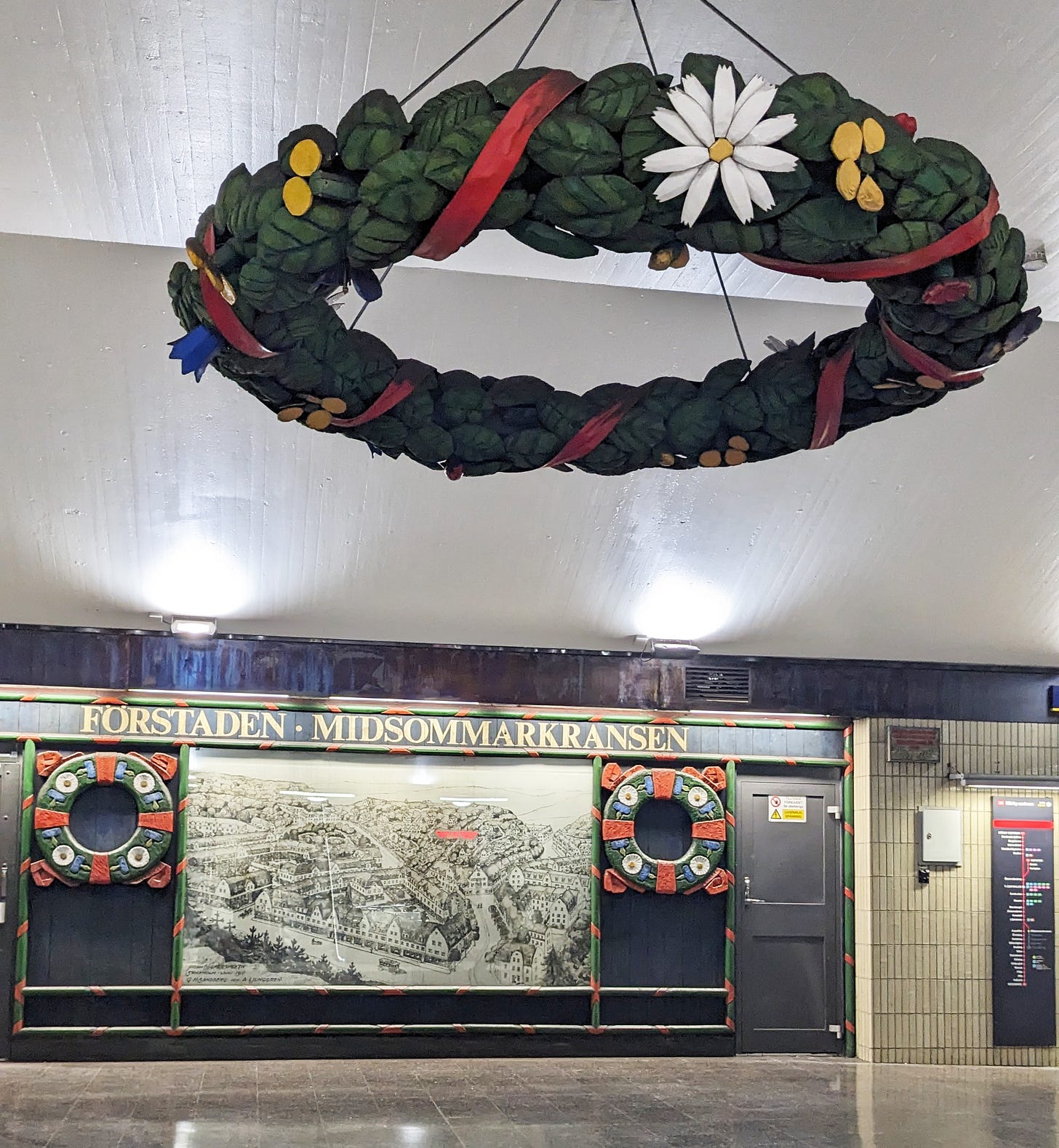
Sweden may come to mind when you think about Midsummer and that’s because “next to Christmas, Midsummer is the most important holiday in Sweden,” according to my friend Jenni. Here are some Swedish traditions:
A Midsummer maypole, or ‘midsommarstång’, will be erected and decorated with flowers and greenery (the word may in maypole comes from “maja”, which means “to may”, meaning to decorate with leaves. People dance around the maypole singing songs like Små grodorna, or “the little frogs”, which Jenni says “is weird” and involves jumping around with your hands as ears and tails.
People wear Solstice wreaths made from meadow flowers (usually at least seven species, such as clover, daisy and wood-crane’s-bill, which is known as ‘midsommarblomster’ in Sweden).
At least seven flower species may also be place under your pillow, in the same way as the English rose I mentioned in the first bullet point in the UK traditions - apparently it’ll cause you to dream of your future love! These flowers should be picked while walking backwards in complete silence (you may have seen this in the film Midsommar, which also features a lot of what I’m sure I don’t need to explain are fictional traditions and rituals!).
Walking barefoot or rolling around naked in the dewy grass as night turns into dawn is thought to promote good health and you should save your flower wreath (worn on your head) to put in your Christmas bath, according to Jenni.
Food and drink play a big part in Swedish Midsummer celebrations. Potatoes, pickled herring, cheese pie, boiled eggs, strawberries and snaps usually feature. Jenni says: “Snaps, or brännvin, is a hard liquor flavoured with fennel and other herbs like malört (wormwood). A fun fact about wormwood is that in Swedish culture it was believed to keep dark spirits away. Back in the day people would brew their own brännvin from potatoes, which is bootlegging and completely illegal in Sweden. My Grandma did this well into her late 80s - you go Grandma!”.
So what’ll it be? Nature journaling, sleeping with flowers under your pillow, dancing like a frog or chucking a flaming wheel down a big hill? There are so many ways to celebrate this Summer Solstice!
Shout out to my old friend Jennifer Hammervald, who made a Midsommar zine and Midsommar pins many years ago, which helped inform this post. I don’t think she makes them anymore but she does live in a beautiful cabin in Sweden, which I highly recommend checking out over on Instagram.
Thanks also to Wild South London trustee,
for collating most of the UK Midsummer facts. Find more (and join us for some hapa zome, smoke stick making and butterfly fact-finding) at the Wild South London Nature Festival next weekend, Saturday 28th June in Beckenham Place Park:Summer Solstice greetings to you (and, if you’re in the Southern Hemisphere, Winter Solstice greetings to you! Longer days are coming, don’t worry…)!
Sources and Further Reading
’s Summer Retreat, here on Substack, is a great way to learn more about Summer Solstice traditions and ways to celebrate.Heart of England Forest: Celebrations and mysticism at the summer solstice
The Earth’s Cycle of Celebration by Glennie Kindred
English Heritage: Celebrating Solstice at Stonehenge
Visit Sweden: Midsummer in Sweden
Traditional Customs and Ceremonies: Midsummer Wheel Rolling
Also in season
Nature Notebook: Summer Solstice
Tomorrow is summer solstice, the astronomical first day of summer and the longest day of the year in the Northern Hemisphere. The sun has reached its peak, and from tomorrow afternoon onwards, the days will gradually get shorter. But this is a moment of celebration - now is the time to step into the sun’s power, to make plans for the coming season and t…
And if you’re in the Southern Hemisphere:
Nature Notebook: Winter Solstice
From today, the days will get longer and the nights will get shorter. That’s because today marks the Winter Solstice, the day the sun is at its lowest in the sky (in the Northern Hemisphere).


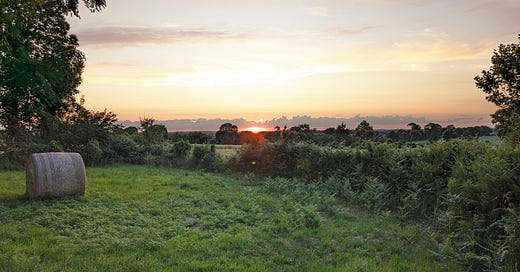



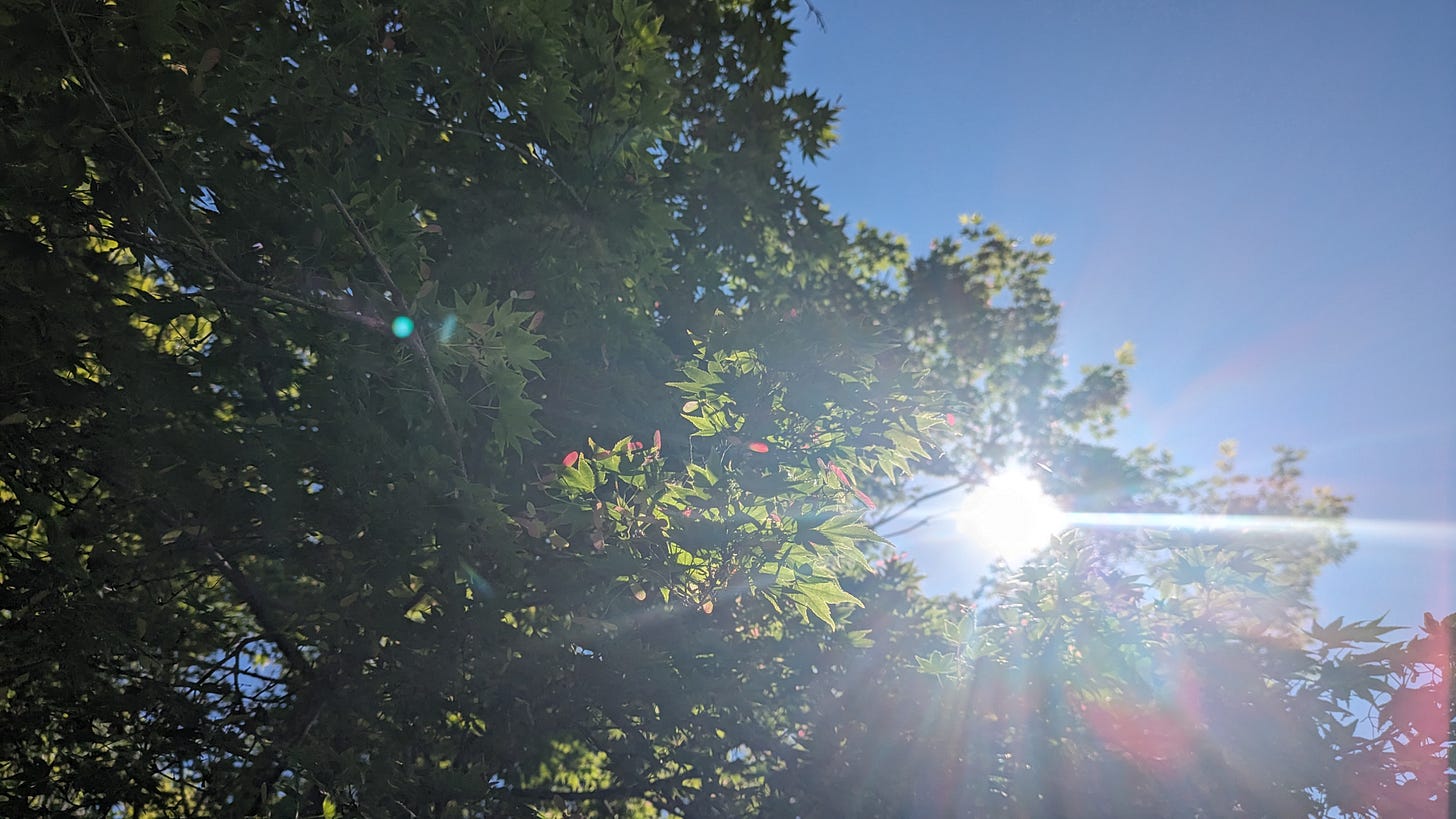
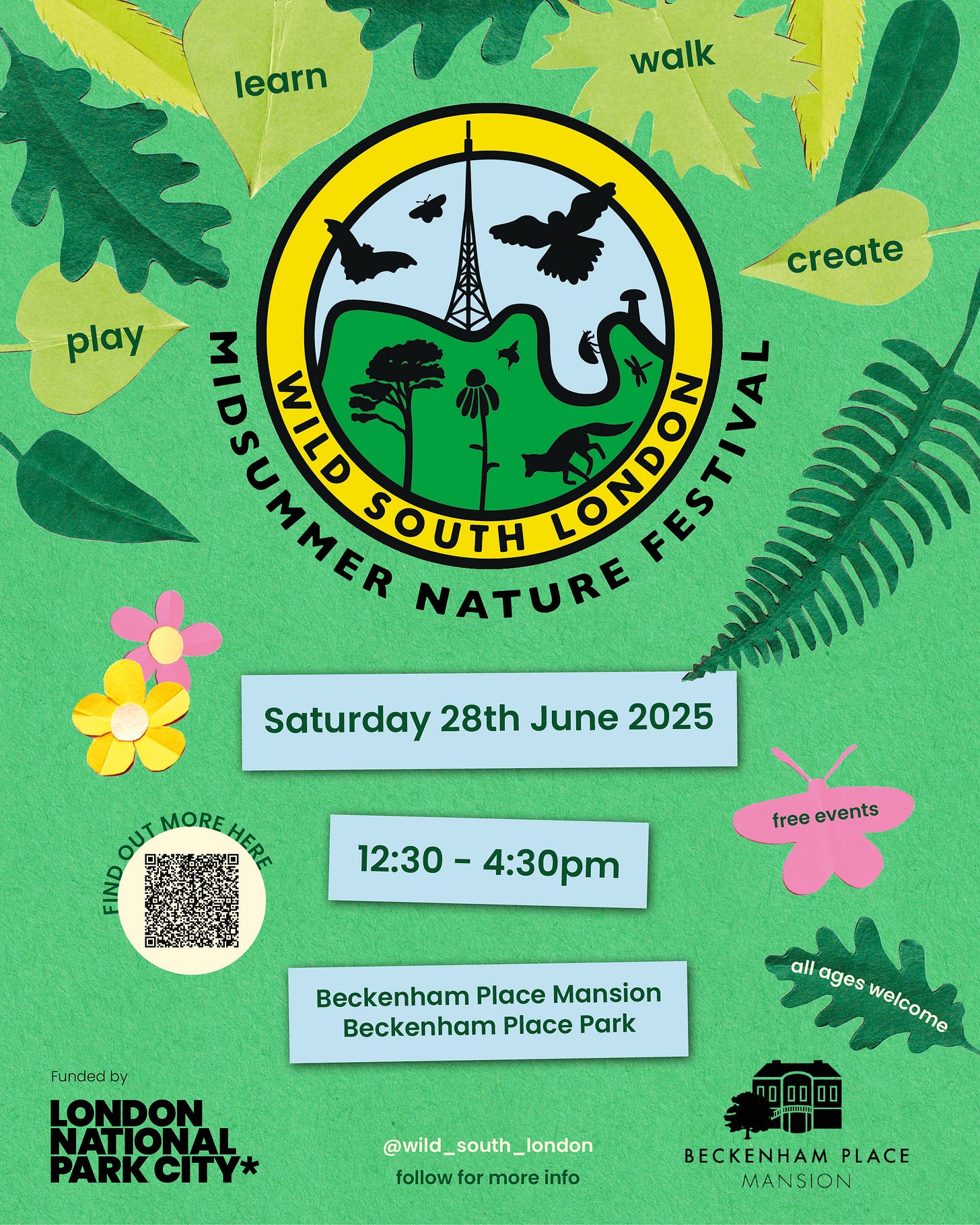
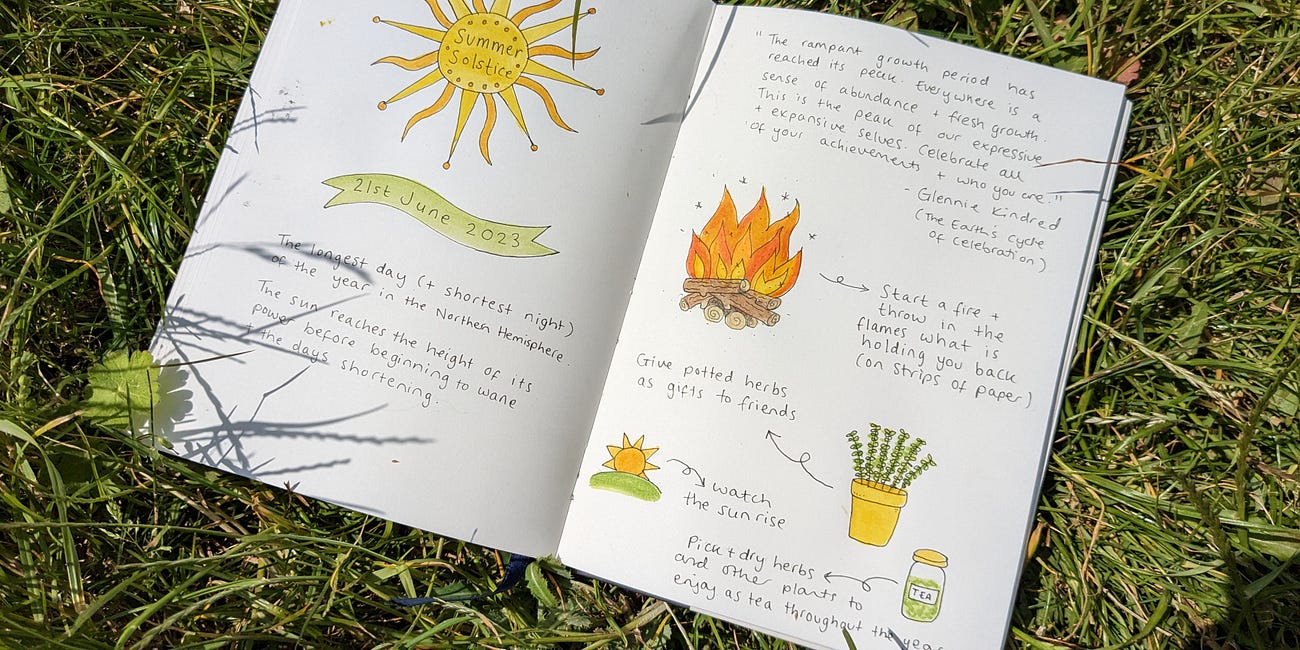
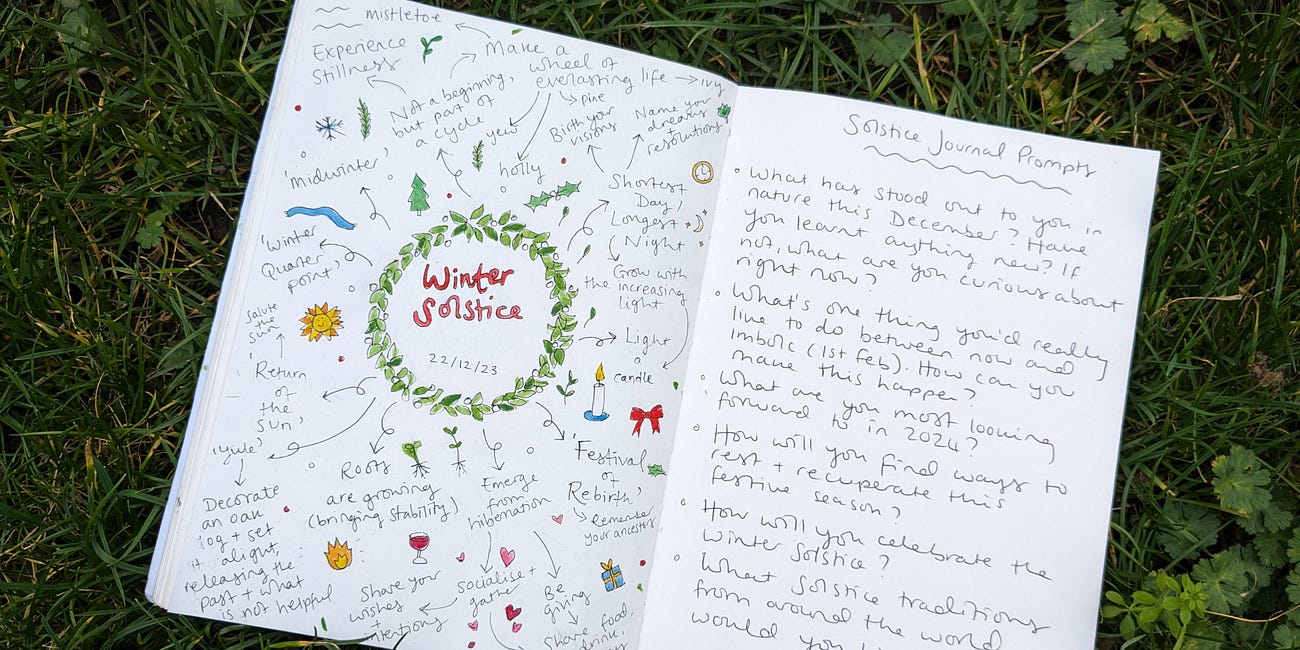
Excellent piece, thank you!